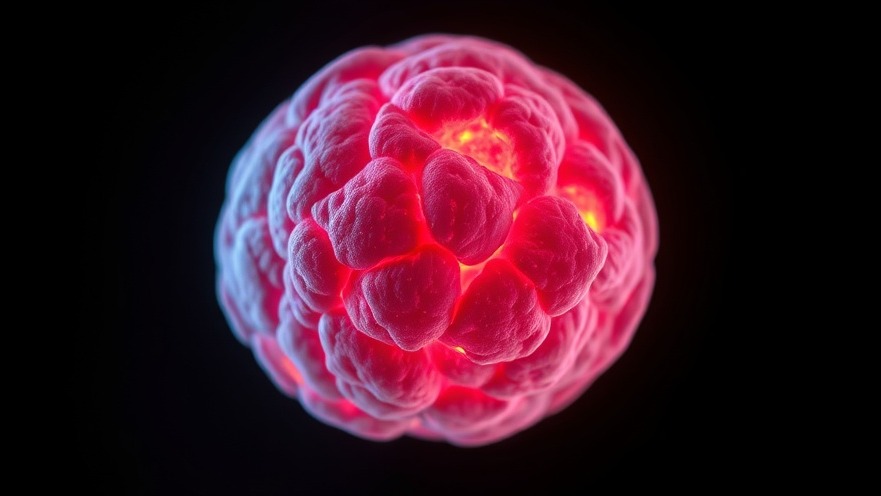
A Breakthrough in Cancer Treatment: Introducing Biobatteries
Imagine a treatment that eliminates the need for drugs in cancer therapy—a dream that’s coming closer to reality with the advent of next-generation biobatteries. Researchers from the University of Wollongong and Jilin University have unveiled a pioneering biobattery capable of drastically reducing tumor sizes by leveraging the body’s own immune system. This innovative approach not only shrinks tumors but also opens a new frontier in drug-free immunotherapy, offering hope for patients facing cancer treatments.
How Biobatteries Work: The Science Behind the Breakthrough
At its core, a biobattery comprises the same components as traditional batteries—anode, cathode, separator, and electrolyte—but distinguishes itself by utilizing biological processes to generate electricity. This new type of battery is designed specifically to target tumors, inducing localized immunotherapy responses from within the body. When activated, the battery releases electrons that interact with tumor cells while simultaneously releasing zinc and manganese ions that hinder tumor growth.
Impressive Results: Shrinking Tumors Exponentially
In the recent study published in Science Advances, the therapeutic potential of this biobattery was tested around subcutaneous tumor sites. Remarkably, tumor sizes shrunk from over 1,000 mm3 to merely 4 mm3 after just 14 days—a staggering reduction of 99.6%. These results signify not just a new treatment avenue, but potentially life-saving advancements in how cancer is approached.
Utilizing the Body’s Immune Response Effectively
Distinguished Professor Gordon Wallace emphasizes the groundbreaking nature of biobatteries in the cancer treatment landscape. He explains that by designing implantable technologies that directly interact with bodily tissues, medicine can become more effective. The key lies in utilizing the by-products of battery discharge, primarily zinc and manganese, to create an unfavorable environment for tumor development.
Future Implications: An Expanding Horizon for Cancer Therapy
This innovative biobattery method showcases potential applications beyond oncology, raising questions about future uses in different medical scenarios. As technology evolves, clinicians may find themselves equipped with tools that foster better patient outcomes without the traditional drawbacks associated with drug therapies—side effects, extended treatment durations, and high costs.
Addressing Common Misconceptions About Drug-free Treatments
Many patients and practitioners alike may question the efficacy of drug-free methods in cancer treatment, having naturally gravitated towards established pharmaceuticals. However, the integration of biological and electrical components through biobatteries may offer a paradigm shift in treatment frameworks. It’s essential to understand that this approach does not forgo medical intervention; rather, it enhances and redefines how we approach patient care.
Realizing the Full Potential: Next Steps for Research and Implementation
The path forward is clear; further studies must bolster these findings to assess the long-term impacts, safety, and applicability of biobatteries in various cancers. For health practitioners, being at the forefront of this development means keeping an eye on emerging research and being prepared to integrate such solutions into their practices.
Conclusion: A Call to Action for Medical Practitioners
As healthcare evolves, staying informed about groundbreaking research like biobatteries is crucial for enhancing patient care. Understanding these advancements empowers practitioners to better support their patients and advocate for innovative treatments. Consider monitoring ongoing studies in biobatteries and engage in discussions with colleagues about the implications for personalized medicine.
Your proactive approach in staying updated can lead to adopting cutting-edge technologies that may redefine the landscape of cancer therapy.
 Add Row
Add Row  Add
Add 






Write A Comment